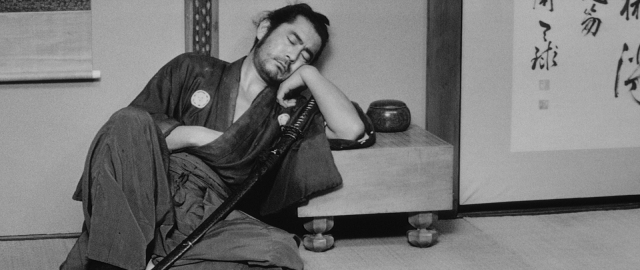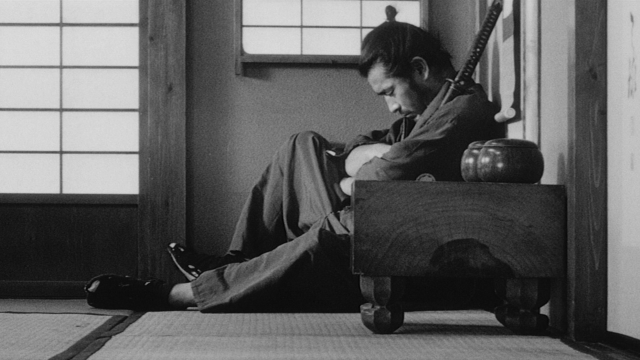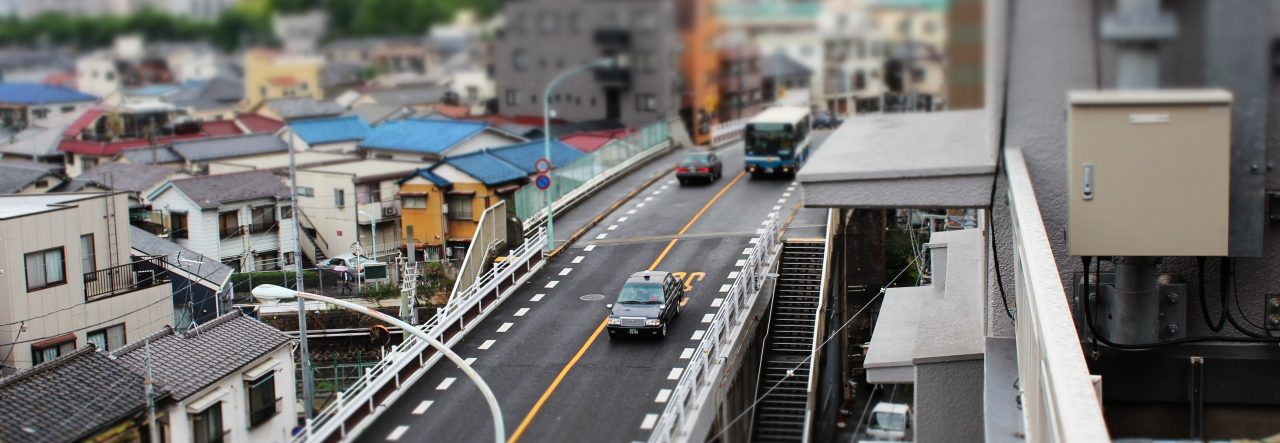To the best of my knowledge, Kurosawa only made two sequels in his career. The first was a sequel to his debut movie Sanshiro Sugata. The second was Sanjuro (1962), a follow-up to Yojimbo. It wasn’t originally meant to be that way – Sanjuro was intended to be a straight adaptation of an existing novel, but the success of Yojimbo led to it being reworked, with lead character Sanjuro returning. It’s not unlike the many Die Hard sequels, each an existing treatment, reimagined with John McClane as the lead character (ironically, all except for the dismal Die Hard 5, the only movie actually written and intended to be a Die Hard movie from the beginning).

Toshiro Mifune returns as the theatrically lazy, fantastically skilled swordsman ‘Sanjuro’ [30 years old] – or as he jokes again, going on ‘Yonjuro’ [40 years old]. Incredibly, Sanjuro (the movie, not the character) may be even more enjoyable than its predecessor. It’s a leaner film (a mere 96 min) and a little more focused, lacking Yojimbo’s ups and downs as Sanjuro’s plans play out and get thwarted. This time he has a pack of young, enthusiastic, and slightly incompetent samurai under his wing (including Kunie Tanaka, who keeps cropping up in the supporting cast of films throughout the ‘60s and ‘70s – he’d go on to win Best Supporting Actor in the Japanese Academy Awards several times in later life – but is most memorable to me as Masakichi in Battles Without Honour and Humanity) as he meanders into a plot to overthrow the local chamberlain.

There’s something delightful about watching Sanjuro be the smartest man in the room. In a way, it’s all too easy – it’s the exact same joy you get from watching Sherlock Holmes or Doctor House assess a situation and work out the perfect solution, even when everyone around him is irrational and can’t seem to work their way out of a paper bag. Mifune even plays him with the same disagreeable nature of a Holmes or House that means Sanjuro is incapable of explaining his plans in full to his accomplices, leading them to bicker and cause chaos.
Slightly surprisingly, Tatsuya Nakadai returns as a new villain. He’s not quite as memorable here as Unosuke, the gunslinging samurai from Yojimbo, but he’s just about the only character in the film who is any kind of intellectual or physical match for Sanjuro. I don’t want to spoil the end of the movie, but the final confrontation between him and Sanjuro has an effect that apparently went wrong during filming, resulting in a Tarantino- or Miike-like gush of blood I can only imagine went on to inspire later gory excesses.

That moment aside, the rest of the swordplay is similarly excellent. IMDB credits Ryu Kuze as the adviser on the film, as with Yojimbo, and there are a couple of sequences that showcase just how comfortable Mifune looks cutting down dozens of enemies.
I really can’t stress enough how much the comedy brings to the film. There’s Mifune himself at his absolute best, a million miles from his performance in Throne of Blood, slouching through every scene that isn’t a sword fight. The ladies of the house, rescued early in the film, are jaw-droppingly naive, at one point insisting that they could not possibly clamber over a wall to escape even though their lives depend upon it. The young samurai Sanjuro teams up with are constantly on the verge of disaster. The comedy MVP must be the hostile samurai they capture, though, sheepishly slinking back into the closet where he’s kept prisoner and bursting out with fresh interjections throughout the film.
Kurosawa would make just two more movies with Mifune in the lead before the pair had a falling out – interestingly, Nakadai would come to star in several of the director’s last films. One of the things I’ve enjoyed discovering about Kurosawa is that, even working through a box set of films dubbed ‘The Samurai Collection’, each film has been wildly different. Even Yojimbo and Sanjuro, despite sharing a central character, are not actually all that similar. As excited as I am to see what else they produced together, I’d have loved to see Kurosawa and Mifune team up for other Sanjuro films, and it’s a shame they never got the chance.
Sanjuro / 椿三十郎 (Tsubaki Sanjūrō)
Director: Akira Kurosawa
Japanese Release Date: 1st January 1962
Version Watched: The 2014 BFI Blu-Ray, Akira Kurosawa: Samurai Collection, 96 min
